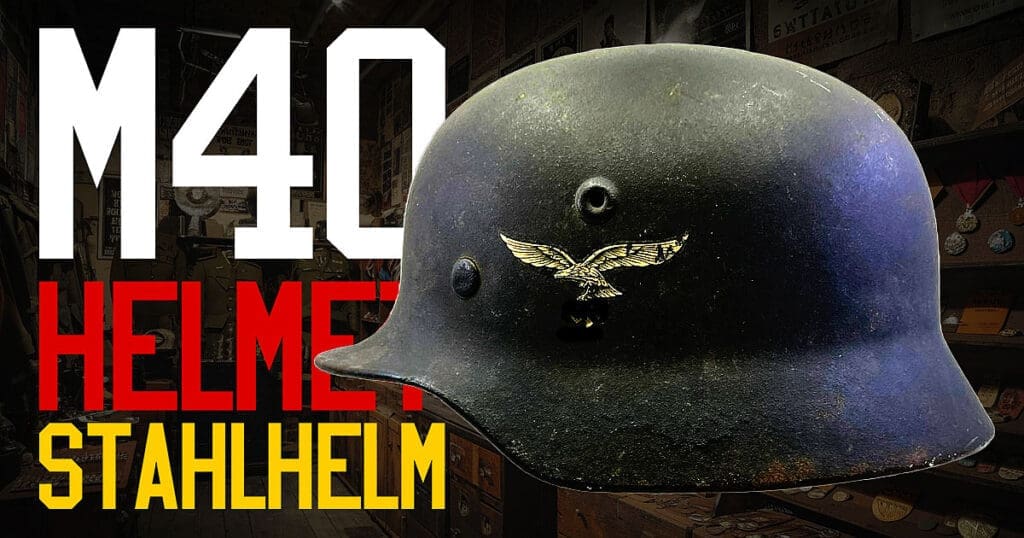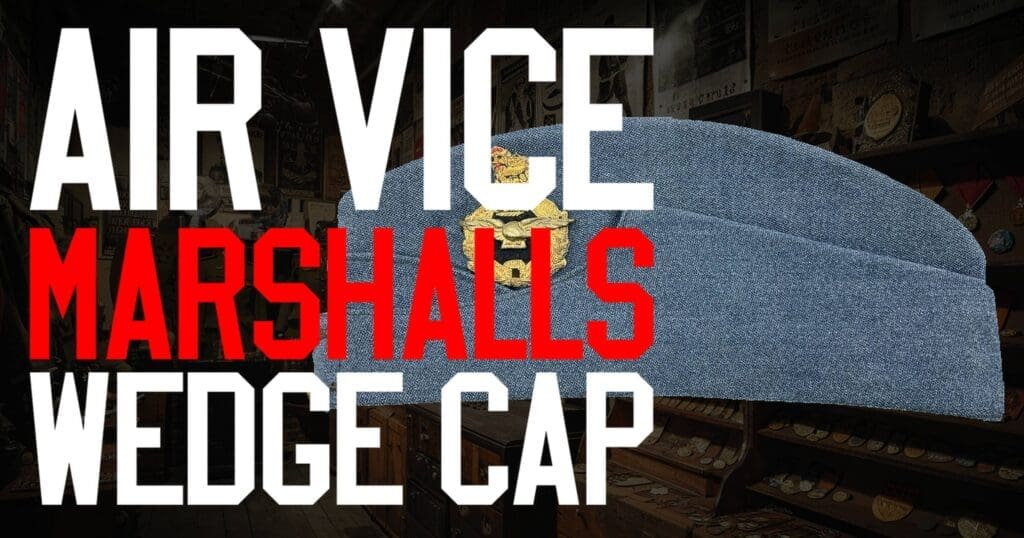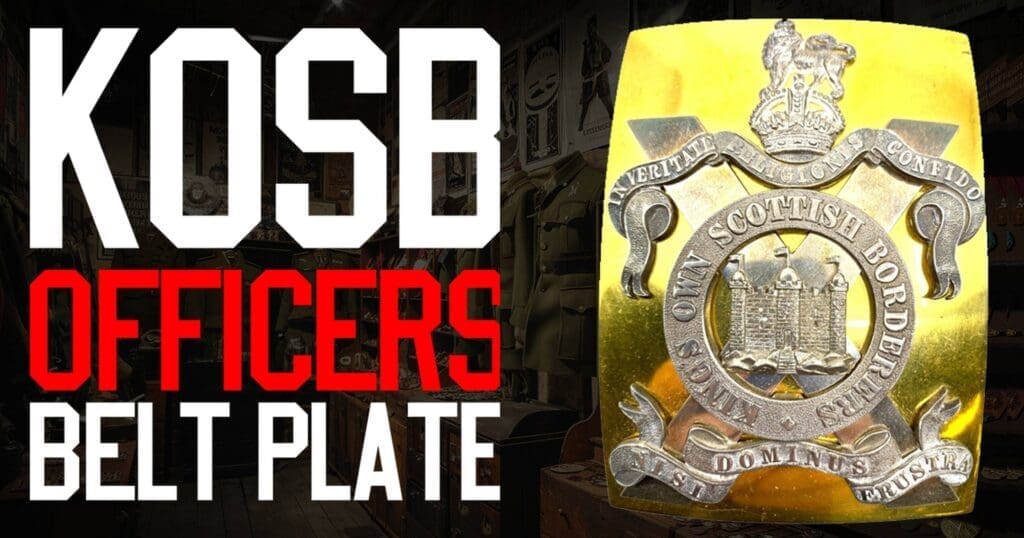[lightweight-accordion title=”M35 German Helmet FAQ” ]
[lightweight-accordion-nested title=”M35 German Helmet Information”]
Q: M35 German Helmet: What is its significance in military history?
The M35 German helmet is a pivotal piece of military history, representing the standard headgear used by German soldiers during the early years of World War II. Helmets like the M35 were essential for combat protection and became iconic symbols of the German military, known as the Wehrmacht, the M35 helmet introduced improvements over previous models, including a lighter steel shell and better ventilation, making it a significant advancement in military helmet design.
Q: How does the M35 helmet differ from other German helmets like the M16 and M42?
The M35 helmet differs from earlier models like the M16 by featuring a rolled edge and more streamlined design, compared to the later M42 helmet, the M35 has a smoother finish and separate vent bushings, these variations in helmets reflect the changes in manufacturing during WWII, with the M42 being more cost-effective due to wartime resource constraints.
Q: What materials were used in the construction of the M35 helmets?
M35 helmets were constructed using high-quality steel, providing robust protection in combat situations, the helmet’s liner was made of leather, offering comfort and a better fit for soldiers, the chinstrap, an essential component for securing the helmet, was also made of durable leather.
Q: Are original M35 German helmets rare to find today?
Original M35 German helmets are considered valuable collectibles due to their historical significance and scarcity, many helmets were lost or damaged during the war, making surviving originals highly sought after by militaria enthusiasts and collectors of WWII artifacts.
Q: Can you explain the significance of decals on M35 helmets?
Decals on M35 helmets represented the branch of the German military to which the soldier belonged, such as the Heer (Army), Kriegsmarine (Navy), or Luftwaffe (Air Force), these decals are important identifiers and are a key focus for collectors seeking authentic helmets with original markings.
[/lightweight-accordion-nested]
[lightweight-accordion-nested title=”Authenticity and Identification of German Helmets”]
Q: How can I verify the authenticity of a German helmet from WWII?
Authenticating a German helmet involves examining several factors, including the helmet’s stamps, markings, and overall construction. Original helmets often have manufacturer stamps inside the shell, indicating the maker and size, the presence of original paint, decals, and a properly aged liner and chinstrap can also help verify authenticity.
Q: What are common markings found on authentic German helmets?
Authentic German helmets typically feature stamped codes inside the steel shell, these stamps include the manufacturer’s code, size, and sometimes batch numbers, for example, an M35 helmet might be stamped with “Q64,” indicating it was made by Quist in size 64.
Q: Is it common to find reproduction or refurbished German helmets?
Yes, due to the high demand among collectors, many reproduction and refurbished German helmets are available, while reproductions can be suitable for reenactments or display, they do not hold the same value as original helmets, it’s important to be cautious and consult with experts when purchasing to ensure you are getting an authentic piece.
Q: What distinguishes a reproduction helmet from an original one?
Reproduction helmets may lack the detailed craftsmanship of originals, such as the quality of the steel, the accuracy of the liner and chinstrap materials, and the correctness of decals and stamps, aging and wear patterns on original helmets are also difficult to replicate authentically.
Q: Can original decals on German helmets fade or wear off over time?
Yes, original decals on German helmets can fade, chip, or wear off due to exposure to the elements, combat use, and the passage of time, however, traces or remnants often remain and can be an important aspect of verifying a helmet’s authenticity.
[/lightweight-accordion-nested]
[lightweight-accordion-nested title=”Variations and Models of German Helmets”]
Q: What are the main differences between the M35, M40, and M42 German helmets?
The M35 helmet features a rolled edge and separate vent bushings, while the M40 introduced stamped vent holes to simplify production, the M42 helmet further simplified the design with an unrolled, flared edge, these changes reflect the evolving manufacturing processes during WWII due to resource limitations.
Q: Were there different sizes available for German helmets during WWII?
Yes, German helmets were produced in various sizes to accommodate soldiers. Sizes were typically indicated by numbers like 62, 64, 66, etc., representing the circumference of the helmet in centimeters, proper fit was crucial for comfort and effectiveness in the field.
Q: Did different branches of the German military have distinct helmet designs?
While the basic helmet models were the same, different branches like the Heer, Kriegsmarine, and Luftwaffe used specific decals and sometimes different paint finishes to distinguish themselves, for example, Luftwaffe helmets might have a blue-gray paint, while Heer helmets were usually field gray.
Q: What is a Stahlhelm, and how does it relate to the M35 helmet?
“Stahlhelm” is German for “steel helmet” and refers broadly to German military helmets. The M35 is a type of Stahlhelm, continuing the tradition of protective headgear used by German soldiers since World War I.
Q: Were paratrooper helmets different from standard German helmets?
Yes, German paratroopers used specialized helmets known as the Fallschirmjäger helmet, these helmets had a distinct design with a lower profile and additional padding to provide better protection during airborne operations.
[/lightweight-accordion-nested]
[lightweight-accordion-nested title=”Care and Preservation of Military Helmets”]
Q: How should I care for and preserve an original M35 helmet?
To preserve an original M35 helmet, it should be handled carefully and kept in a stable environment away from extreme temperatures and humidity, avoid cleaning it with harsh chemicals; instead, use gentle methods to preserve the original paint, decals, and patina.
Q: Is it advisable to restore a vintage German helmet?
Restoration should be approached with caution, while minor conservation efforts can help preserve the helmet, extensive restoration may reduce its value, collectors often prefer helmets in their original condition, even if they show signs of wear and aging.
Q: How can I display my collection of military helmets safely?
Display helmets on padded stands or mounts that support the interior without putting stress on the shell or liner, keep them out of direct sunlight to prevent fading and deterioration of materials like leather and paint.
Q: What are common issues that affect the condition of old helmets?
Common issues include rust on the steel shell, deterioration of the leather liner and chinstrap, and fading or loss of decals, proper storage and handling can minimize these problems and preserve the helmet’s condition.
Q: Should I be concerned about legal restrictions when owning military helmets?
Generally, owning military helmets is legal, but it’s important to be aware of any local regulations regarding the possession of military artifacts, especially those with specific symbols or insignia, always ensure compliance with applicable laws when buying or selling militaria.
[/lightweight-accordion-nested]
[lightweight-accordion-nested title=”Purchasing and Shipping Information”]
Q: What should I look for when purchasing an M35 German helmet?
When purchasing an M35 German helmet, look for authenticity indicators such as correct stamps, original paint, and decals, verify the condition of the liner and chinstrap, and consider obtaining a certificate of authenticity from a reputable dealer.
Q: Do you offer international shipping for military helmets?
Yes, we offer international shipping for our military antiques, including helmets. Shipping costs and delivery times may vary based on the destination, please contact us for specific information regarding your location.
Q: How is the helmet packaged to ensure safe delivery?
Helmets are carefully packaged using protective materials to prevent damage during transit, the shell, liner, and any accessories are secured to maintain their condition upon arrival.
Q: What is your return policy if I’m not satisfied with my purchase?
We have a customer-friendly return policy. If you are not satisfied with your helmet, please contact us within a specified period to arrange a return or exchange, provided the item is in the same condition as when sold.
Q: Can I request additional information or photos before purchasing?
Absolutely. We are happy to provide additional details, photographs, or answer any questions you may have to ensure you are confident in your purchase.
[/lightweight-accordion-nested]
[lightweight-accordion-nested title=”Historical Significance and Collecting”]
Q: Why are German helmets like the M35 popular among collectors?
German helmets like the M35 are popular due to their historical significance, distinctive design, and connection to major events in world history such as WWII. Collectors value them as tangible pieces of the past that offer insights into military history.
Q: How do military helmets contribute to understanding WWII history?
Military helmets serve as artifacts that reflect the technological, economic, and social aspects of the era, studying them helps historians and enthusiasts understand manufacturing techniques, military organization, and the experiences of soldiers during the war.
Q: Are there ethical considerations when collecting militaria from WWII?
Yes, collectors should be mindful of the historical context and the sensitive nature of WWII artifacts, it’s important to approach collecting with respect for the individuals involved and awareness of the broader historical implications.
Q: Do you provide any documentation or provenance with the helmets?
When available, we provide documentation or provenance information that details the helmet’s history, this may include previous ownership, restoration records, or any historical data associated with the artifact.
Q: Can I learn more about the history of a specific helmet I purchase?
We encourage you to reach out with any questions about the history of a helmet, our experts are knowledgeable about the historical background and can share insights or direct you to resources for further research.
[/lightweight-accordion-nested][lightweight-accordion-nested title=”Collecting and Investing in M35 German Helmets”]
Investing in M35 German Helmets
Understanding the Value of German Military Helmets
Q: M35 Helmet: Why is it a valuable piece for collectors and investors?
The M35 helmet is considered a valuable piece for collectors and investors because it represents a significant part of military history, specifically relating to the German armed forces during World War II, as the standard helmet used by the Wehrmacht, including branches like the Heer (Army), Kriegsmarine (Navy), and Luftwaffe (Air Force), the M35 German helmet embodies the technological advancements and design improvements of that era, collecting the M35 helmet allows enthusiasts to own a tangible artifact from WWII, and its historical significance, coupled with limited availability, often leads to appreciation in value over time, making it a worthwhile investment in the field of militaria.
Q: How does the condition impact the value of an M35 German helmet in the collectors’ market?
The condition of an M35 German helmet significantly impacts its value in the collectors’ market. Helmets that retain original features such as the paint, decals, leather liner, and chinstrap are highly sought after, the presence of authentic decals representing the Heer, Kriegsmarine, or Luftwaffe can greatly increase desirability. Helmets showing genuine wear from wartime use can be more valuable than those that have been refurbished or repainted, collectors prioritize M35 helmets with minimal alterations to preserve historical integrity, and as such, the helmet’s condition is a critical factor in its overall worth.
Q: What should collectors look for when purchasing an M35 German helmet to ensure authenticity and value?
When purchasing an M35 German helmet, collectors should verify authenticity by examining manufacturer stamps inside the shell, such as codes indicating the maker and size (e.g., “Q64” for Quist size 64). Inspecting the helmet for original paint and decals is essential, as is assessing the condition of the leather liner and chinstrap for signs of age-appropriate wear, collectors should be cautious of helmets with mismatched or replaced parts, as these can diminish value. Consulting reference materials on German helmets and seeking expertise from reputable dealers can aid in making an informed purchase of an authentic M35 helmet.
Q: Is a reproduction M35 helmet a good investment compared to original German helmets?
Reproduction M35 helmets are generally not considered a good investment compared to original German helmets. While they may be suitable for reenactments or educational purposes, reproductions lack the historical authenticity that gives original M35 helmets their value, collectors and investors typically seek original helmets due to their historical significance and potential for appreciation in value. Investing in authentic M35 German helmets is advisable for those looking to build a valuable collection.
Q: Where can collectors find authentic M35 German helmets, and what precautions should they take when investing?
Collectors can find authentic M35 German helmets through reputable militaria dealers, auctions, and specialized antique shops. It is important to research and verify the credibility of the seller. Collectors should request detailed photographs and, if possible, examine the helmet in person to assess authenticity, being aware of common reproductions and educating oneself on the distinguishing features of genuine M35 helmets can help prevent fraudulent purchases, investing time in research ensures that collectors acquire authentic pieces that will retain or increase their value.
M35 German helmets evolved, and what is the future outlook for collectors and investors?
The market for M35 German helmets has evolved with increasing interest from collectors worldwide, leading to higher demand and rising prices for authentic pieces. As the number of original M35 helmets decreases over time due to their age and fragility, their rarity and value are likely to increase, the future outlook for collectors and investors is positive, with M35 helmets remaining a cornerstone of WWII militaria collections, however, collectors should stay informed about market trends and continue to authenticate their acquisitions to ensure the long-term value of their investments.
[/lightweight-accordion-nested]
[/lightweight-accordion]
The Iconic M35 German Helmet: A Collector’s Dream
When it comes to World War II memorabilia, few items capture the imagination quite like the M35 German Helmet. This legendary piece of military headgear, also known as the Stahlhelm, has become a holy grail for collectors and history enthusiasts alike.
The Birth of a Legend
Introduced in 1935, the M35 helmet was a significant upgrade from its World War I predecessors. German military planners recognized the need for a more mobile and protective helmet for the modern infantryman[1].
Key Features of the M35:
- Rounded dome for improved protection
- Shortened neck guard and visor
- Comfortable M1931 helmet liner system
- Three aluminum rivets to secure the liner
- Two brushing vents with grommets for ventilation
A Helmet for Every Soldier
The M35 was produced in five sizes, ensuring a perfect fit for every soldier. This attention to detail set it apart from other contemporary helmets.
| Branch | Color | Decal (Left Side) |
|---|---|---|
| Wehrmacht (Army) | Gray/Green | Silver-white eagle |
| Luftwaffe (Air Force) | Gray/Blue | In-flight eagle |
| Kriegsmarine (Navy) | Gray/Green | Gold eagle |
The Devil is in the Details
What makes the M35 so fascinating to collectors are its intricate details and variations. The right side typically featured a tricolor shield decal, while the left side displayed the branch-specific emblem.
“The M35 steel helmet has replaced bolt M16 and M18. Typically, the 1935 helmet received two badges. This being valid for all models (Heer (WH), Kriegsmarine, Waffen SS, Luftwaffe, Feldgendarmerie…)”
A Collector’s Challenge
Collecting M35 helmets can be both rewarding and challenging. Here are some tips for aspiring collectors:
- Study the different variants and their unique features
- Learn to spot authentic decals and paint finishes
- Be wary of reproductions and fakes in the market
- Consider the helmet’s condition and provenance
- Network with other collectors and experts
The Legacy of the M35
The M35 German Helmet’s influence extended far beyond World War II. Its iconic design inspired numerous post-war helmets, including those used by modern German and Austrian armies until the 1980s[2].
Conclusion
Whether you’re a seasoned collector or a history buff, the M35 German Helmet offers a tangible connection to one of the most significant periods in modern history. Its enduring appeal lies not just in its historical significance, but in the stories each helmet carries – a silent witness to the tumultuous events of World War II.
So, are you ready to embark on your own M35 collecting adventure? Remember, each helmet is a piece of history waiting to be discovered and preserved.




